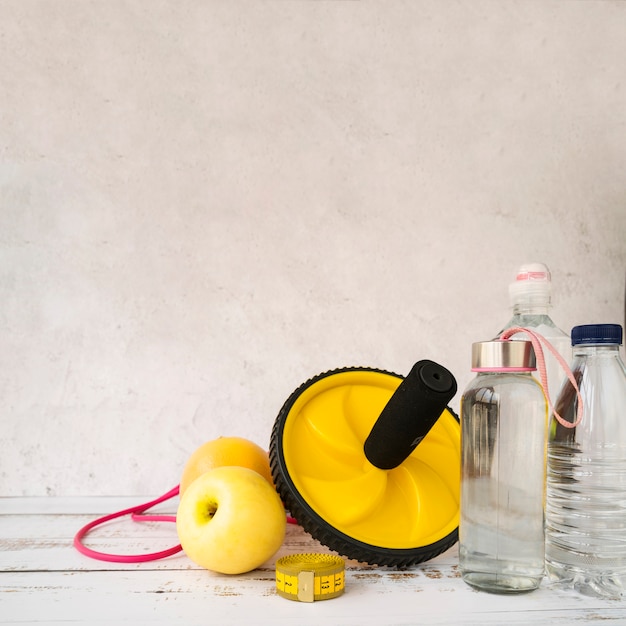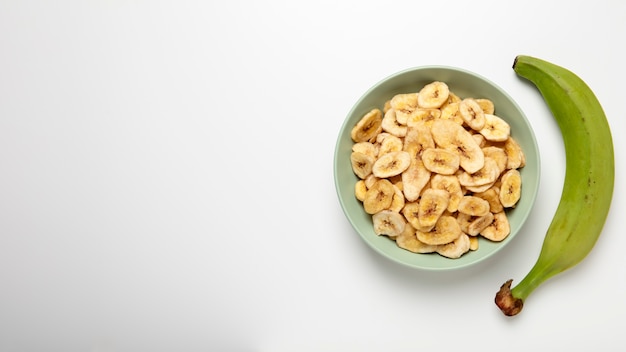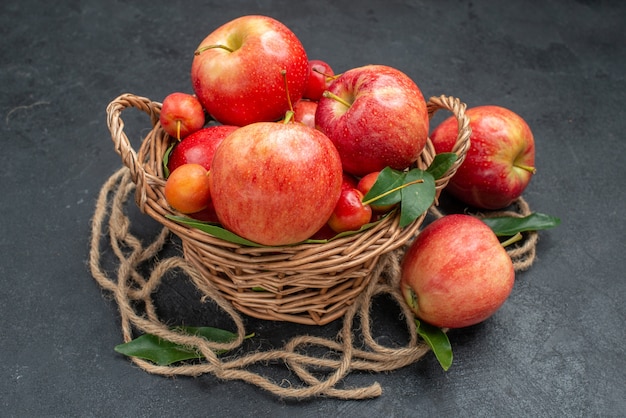Breast self-examinations are a vital way to detect breast cancer early. By regularly checking your breasts, you become more familiar with their structure and appearance, making it easier to notice any unusual changes.
Regular self-exams help you get to know how your breasts normally look and feel, so you can quickly spot any changes. The most common sign of a possible tumor is a lump, usually not painful but noticeable by touch or sight. Meanwhile, changes in the nipple, such as retraction, protrusion, or fluid discharge, should also warrant attention. Any skin changes, especially if they affect only one breast, should be noted. Regular self-exams ensure you’re constantly monitoring your breast tissue for any new hardenings.
Breast cancer is the most common cancer among women, caused by uncontrolled growth of some breast cells that form a tumor. Tumors can be benign, like fibroadenomas or cysts, but malignant tumors (carcinomas) are dangerous because they can spread to nearby tissues or other parts of the body. Early diagnosis is possible with mammography screening programs and regular check-ups according to age and personal history. Treatment options include surgery, chemotherapy, radiation, hormone therapy, and biological therapies, depending on the cancer stage and characteristics at diagnosis.
Women should start doing self-exams monthly from age 20, ideally one week after their menstrual cycle ends when hormonal changes are minimal. This helps distinguish between normal and concerning changes. For those who are pregnant or in menopause, the timing is less critical, but any noticeable changes in the skin, nipple secretions, or breast shape should be checked by a doctor.
Self-exams have two parts: observation and palpation. Observation involves standing in front of a mirror and looking for any changes in breast shape, skin color, nipple cracks, ulcerations, or dimples. Palpation, on the other hand, involves using the inner parts of three joined fingertips to feel the breast in small, circular motions. It helps detect nodules or hard areas in all quadrants of the breast.
Watch for changes in breast shape and size, lumps in the breast or armpit, nipple discharge, skin depressions, wrinkles, bumps, or dimples, and unusual sensations. Also, note any changes in the nipple appearance, skin and areola inflammations or rashes, or unexplained pain in the breast or armpit.
Remember, self-exams aren’t a replacement for professional breast exams or tests like mammography and ultrasound. However, doing them regularly can help catch cancer early, lowering the risk of advanced cancer. If you notice any symptoms, see a healthcare professional right away.







